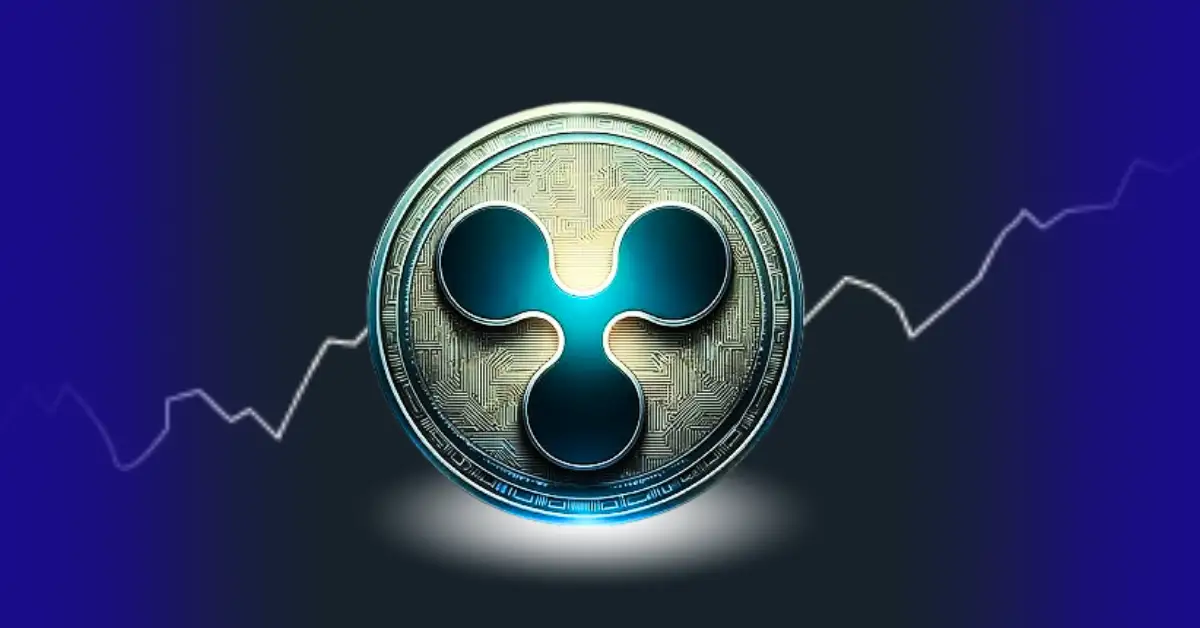Nigeria’s cryptocurrency community has expressed admiration for Europe’s new Markets in Crypto-Assets Regulation (MiCA), particularly its rules on stablecoins. They regard these regulations as beneficial, emphasizing the importance of aligning crypto projects with local interests to safeguard national currencies.
In a recent conversation, Nigerian data and policy analyst Obinna Uzoije discussed the potential lessons the Economic Community of West African States (ECOWAS) could draw from Europe’s MiCA. He underscored the potential benefits that a similar regulatory framework could offer to the cryptocurrency landscape within ECOWAS member states.
Uzoije noted that stablecoins are currently the most widely utilized crypto assets, especially in Africa, where transactions using stablecoins surpass those of any other digital asset form.
The significance of the MiCA’s stablecoin regulations, which come into effect on June 30, is considerable. These rules mark a major milestone in the regulation of crypto assets not just in Europe, but potentially in other regions as well. Under these regulations, with no transitional period allowed, issuers and relevant parties must secure a MiCA license to publicly offer or trade asset-referenced tokens (ARTs) or e-money tokens (EMTs) within the European Union.
The Impact of a Unified Crypto Regulatory Framework
Under the leadership of Nigerian President Bola Tinubu, who currently heads the Economic Community of West African States (ECOWAS), there is a unique opportunity to establish a regulatory framework for cryptocurrency projects within the region. Uzoije points out that this could be particularly transformative for ECOWAS, as some member countries like Sierra Leone have strict or complete bans on cryptocurrencies. A unified regulatory approach could mitigate these restrictions across its 15 member states.
Uzoije argues that a cohesive set of regulations would provide much-needed clarity for potential crypto investors, simplifying the investment process across different nations by eliminating the need to navigate various national regulations. Such clarity could make the ECOWAS region more attractive to investors by reducing regulatory uncertainty, which is a major global barrier to crypto investments.
Moreover, Uzoije highlights the ongoing dispute between Nigerian authorities and the cryptocurrency exchange Binance, where money laundering has been cited as a major issue. By adopting a unified regulatory framework, ECOWAS could bolster its efforts in combating money laundering. This framework would facilitate more effective monitoring of crypto-related money laundering activities. Additionally, clear regulations would assist in addressing the financing of terrorism, another significant concern tied to cryptocurrency use in the region.
Key Changes in Market Valuations of Major Stablecoins
In June, the stablecoin market showed little variation in supply, with several stablecoins experiencing shifts in their market valuations. Tether (USDT), holding the title of the largest stablecoin by market capitalization, registered a marginal increase of 0.7%, bringing its market value to $112.65 billion. Meanwhile, First Digital’s FDUSD, ranked fifth, underwent a significant reduction of 28.5%, with its market cap now standing around $2 billion.
USDC, the second largest stablecoin, saw its market cap slightly decrease by 0.4% to $32.24 billion. Makerdao’s DAI, which ranks third, decreased by 3.9%, resulting in a market valuation of $5.13 billion. Contrarily, Ethena’s USDE, the fourth largest, recorded the most notable growth among its peers, surging by 21.4%. Tron’s USDD and frax dollar (FRAX) saw minor adjustments with increases of 0.5% and a decrease of 0.1%, respectively. TrueUSD (TUSD), the eighth largest, saw its supply contract by 1.3%.
Further down the list, Paypal’s PYUSD, the ninth largest stablecoin, increased by 6.3%. In contrast, Blast’s USDB, the tenth largest, faced a slight downturn of 0.2%. The changes in the stablecoin market during June underscore that growth in supply primarily responds to market demand. These minor fluctuations indicate that while stablecoins play an essential role in the cryptocurrency ecosystem, their expansion is contingent upon the specific demands of the market.
Timeline and Implementation of MiCA Regulations
As of June 30, 2024, a significant regulatory development in the European Union, known as the Markets in Crypto-Assets Regulation (MiCA), will specifically address the burgeoning stablecoin market, marking a major milestone for crypto asset regulation not just in Europe but potentially globally. Under this new regime, any entity involved in the public offering or trading of asset-referenced tokens (ARTs) or e-money tokens (EMTs) will need to secure a MiCA license, with the regulation taking effect immediately without any transitional period.
MiCA signifies a major evolution in regulatory approaches within the EU, shifting from frameworks predominantly focused on anti-money laundering and counter-terrorist financing to a more comprehensive structure. This structure includes prudential and conduct requirements for both issuers of crypto assets and crypto asset service providers (CASPs). The regulation seeks to streamline the fragmented regulatory landscape, enhancing legal certainty, consumer and investor protection, and the overall integrity and stability of the European financial system, while also promoting innovation.
While the specific regulations for stablecoins are set to activate by the end of this month, the broader regulatory provisions for CASPs will come into force six months later, on December 30, 2024. In preparation, the European Banking Authority (EBA) and the European Securities and Markets Authority (ESMA) have engaged in extensive consultations, developing Regulatory Technical Standards (RTS), Implementing Technical Standards (ITS), and guidelines. These efforts are aimed at helping firms understand and meet the regulatory expectations outlined in MiCA.
Credit: Source link















































